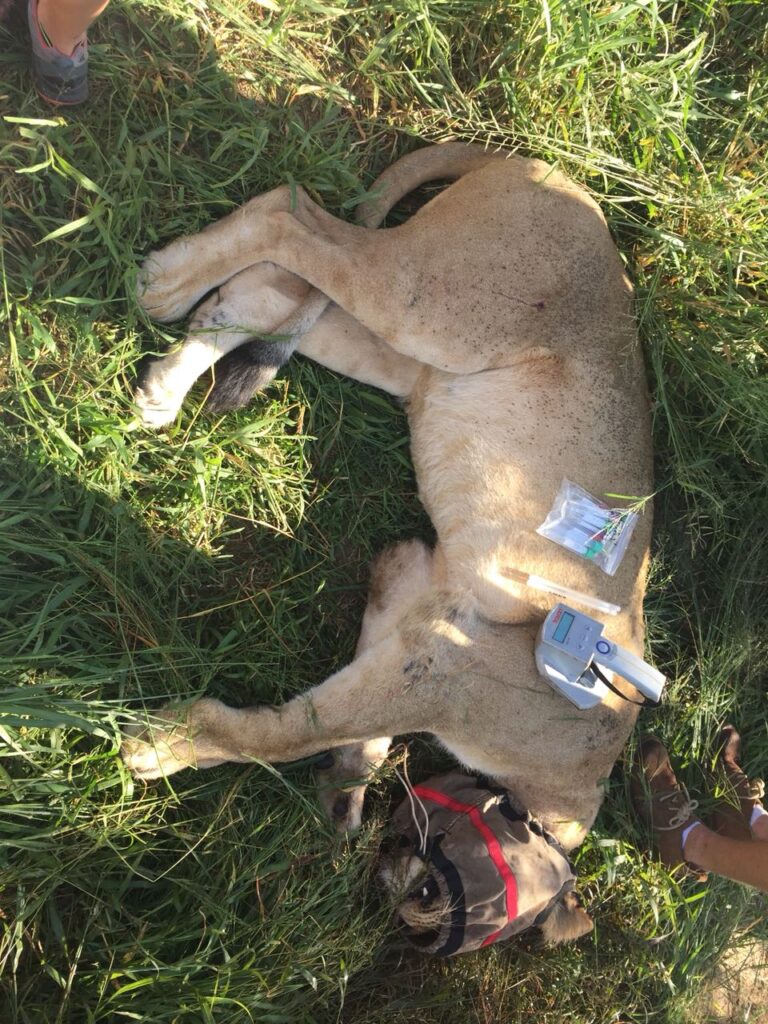Introduction
Namibia, a land of breathtaking landscapes and diverse wildlife, is also home to a unique intersection of health concerns shared between its animal and human populations. In this article, we delve into various diseases that affect both animals and people in Namibia, highlighting their impact on individuals and the strategies in place to manage these health challenges.
Tuberculosis:
Mycobacterium bovis, the bacterium responsible for bovine tuberculosis, poses a significant threat to both wildlife and livestock in Namibia. Large carnivores, such as lions and cheetahs, can contract this disease, which can lead to severe consequences for these majestic creatures. In the south of Namibia, springboks are particularly susceptible to tuberculosis, endangering their populations. Even in Cape Town, prized buffalos in the Hluhluwe National Park are not immune to this infectious menace.

Rabies:
Rabies remains a grave concern in Namibia. Despite efforts to control the disease, rabies still claims lives, with children being particularly vulnerable. The Namibian blood bank plays a crucial role in providing hyperimmune serum to those bitten by rabid animals. The reservoir for this deadly virus includes kudus, a sobering reminder of the constant threat lurking in the animal kingdom.
Dog and Cat Bites:
Pasteurella and Bartonella, bacteria present in the oral cavities of most cats and dogs, can lead to cellulitis and other clinical manifestations when transmitted through bites or scratches. Animal licking wounds can also introduce these bacteria, underscoring the need for proper wound care after any such incident.
Putzi Flies and Mango Worms:
Cordylobia, commonly known as the Putzi fly, can infest livestock, causing discomfort and economic losses for farmers. The larvae of these flies, known as “iron nappies,” burrow into the skin, creating painful lesions. Proper prevention and management are essential to mitigate these issues.
Ringworm:
While ringworm is a common skin condition in both animals and humans, misdiagnosis can lead to incorrect treatment. It’s crucial to accurately identify the condition before pursuing treatment options.
Brucellosis:
Brucellosis is a disease that affects both cattle and humans in Namibia. Farmers, veterinarians, and abattoir staff are at higher risk due to factors such as handling animals of unknown health status, assisting with cow deliveries, and consuming raw milk or homemade cheese. Awareness and preventive measures are essential in controlling the spread of this disease.
Foot-and-Mouth Disease (FMD) and CBPP:
Cordon lines, checkpoints, and vaccination campaigns are integral components of the fight against FMD and contagious bovine pleuropneumonia (CBPP) in Namibia. These diseases not only impact livestock production but also pose zoonotic risks.
Meat Health and Inspection
The meat industry in Namibia relies on thorough antemortem and postmortem inspections to ensure meat safety. Issues like stress, emergency slaughter, and the presence of diseases like Brucella are carefully managed to safeguard public health.
Antimicrobial Resistance:
Addressing antimicrobial resistance is a shared responsibility between animal and human healthcare professionals. Collaboration and knowledge sharing are vital in tackling this global health threat.
Other Illnesses to Consider
Beyond the discussed diseases, there are other health concerns in Namibia, such as psittacosis in birds, toxoplasma from cats, and tick-borne illnesses like rickettsia. A comprehensive approach to healthcare considers these factors.
Conclusion
In Namibia, the health of animals and people is closely intertwined. Recognizing and addressing the shared health concerns is essential for the well-being of both communities. By working together and learning from each other’s experiences, Namibia can continue to progress in safeguarding the health of its inhabitants, whether four-legged or two-legged.
References:

